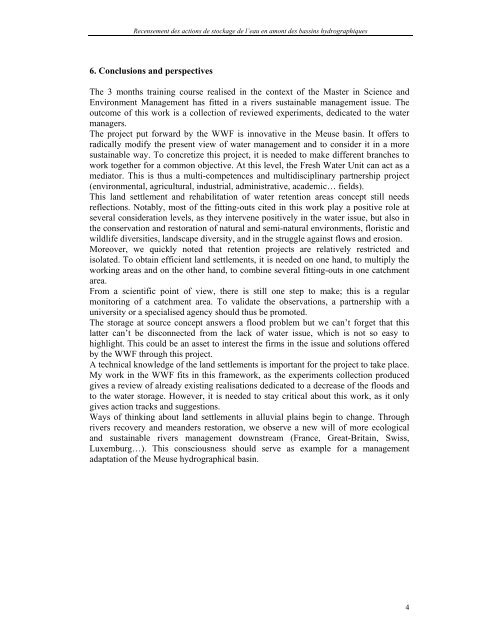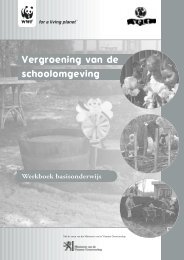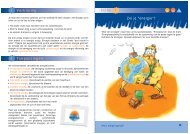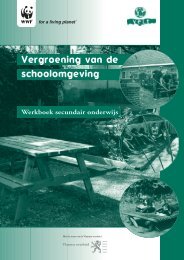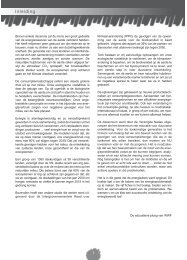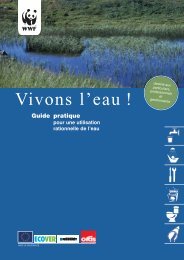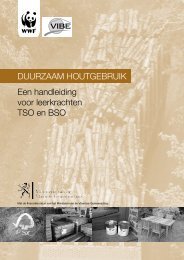Create successful ePaper yourself
Turn your PDF publications into a flip-book with our unique Google optimized e-Paper software.
Recensement des actions de stockage de l’eau en amont des bassins hydrographiques<br />
6. Conclusions and perspectives<br />
The 3 months training course realised in the context of the Master in Science and<br />
Environment Management has fitted in a rivers sustainable management issue. The<br />
outcome of this work is a collection of reviewed experiments, dedicated to the water<br />
managers.<br />
The project put forward by the <strong>WWF</strong> is innovative in the Meuse basin. It offers to<br />
radically modify the present view of water management and to consider it in a more<br />
sustainable way. To concretize this project, it is needed to make different branches to<br />
work together for a common objective. At this level, the Fresh Water Unit can act as a<br />
mediator. This is thus a multi-competences and multidisciplinary partnership project<br />
(environmental, agricultural, industrial, administrative, academic… fields).<br />
This land settlement and rehabilitation of water retention areas concept still needs<br />
reflections. Notably, most of the fitting-outs cited in this work play a positive role at<br />
several consideration levels, as they intervene positively in the water issue, but also in<br />
the conservation and restoration of natural and semi-natural environments, floristic and<br />
wildlife diversities, landscape diversity, and in the struggle against flows and erosion.<br />
Moreover, we quickly noted that retention projects are relatively restricted and<br />
isolated. To obtain efficient land settlements, it is needed on one hand, to multiply the<br />
working areas and on the other hand, to combine several fitting-outs in one catchment<br />
area.<br />
From a scientific point of view, there is still one step to make; this is a regular<br />
monitoring of a catchment area. To validate the observations, a partnership with a<br />
university or a specialised agency should thus be promoted.<br />
The storage at source concept answers a flood problem but we can’t forget that this<br />
latter can’t be disconnected from the lack of water issue, which is not so easy to<br />
highlight. This could be an asset to interest the firms in the issue and solutions offered<br />
by the <strong>WWF</strong> through this project.<br />
A technical knowledge of the land settlements is important for the project to take place.<br />
My work in the <strong>WWF</strong> fits in this framework, as the experiments collection produced<br />
gives a review of already existing realisations dedicated to a decrease of the floods and<br />
to the water storage. However, it is needed to stay critical about this work, as it only<br />
gives action tracks and suggestions.<br />
Ways of thinking about land settlements in alluvial plains begin to change. Through<br />
rivers recovery and meanders restoration, we observe a new will of more ecological<br />
and sustainable rivers management downstream (France, Great-Britain, Swiss,<br />
Luxemburg…). This consciousness should serve as example for a management<br />
adaptation of the Meuse hydrographical basin.<br />
4


